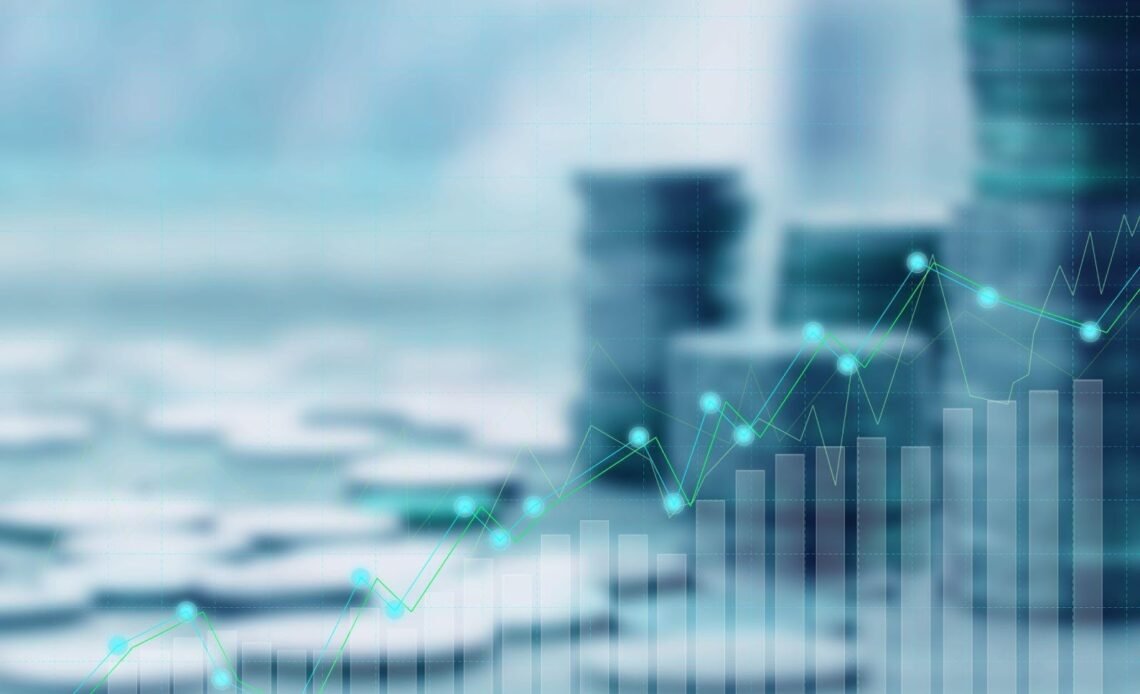In the financial world, one of the most fascinating and essential markets is the commodity market. Unlike stock trading, which deals with company shares, commodity trading focuses on raw materials and natural resources that people use every day. These include agricultural products like wheat, rice, and cotton, as well as energy sources such as crude oil and natural gas, along with metals like gold, silver, and copper. Commodity market trading allows buyers and sellers to exchange these goods in a structured and transparent system. For investors, it provides an opportunity to diversify their portfolios and hedge against inflation, while for businesses, it ensures stability in pricing and supply. This form of trading has been practiced for centuries, evolving from simple barter systems to highly advanced online platforms. Understanding what commodity market trading is and how it functions can open the door to new investment opportunities and financial security.
The Meaning of Commodity Market Trading
Commodity market trading refers to the buying and selling of physical goods or raw materials through an organized platform. These goods are typically classified into two broad categories: hard commodities and soft commodities. Hard commodities are natural resources that must be mined or extracted, such as metals and energy products. Soft commodities are agricultural products that are cultivated, including grains, livestock, and other consumables. Traders can participate in this market either by physically buying and selling these items or through financial contracts like futures and options, which allow them to speculate on price movements without handling the actual goods.
Historical Importance of Commodities
The roots of commodity trading go back thousands of years, long before the concept of stock exchanges came into existence. Ancient civilizations traded spices, grains, and metals as a means of survival and wealth building. Commodity exchanges developed as a way to bring structure to these trades, ensuring standardized quality, fair pricing, and a centralized market. In modern times, commodity markets not only serve as a medium of exchange but also as tools for risk management and investment growth. Their historical significance highlights why they continue to hold a crucial place in global economics.
Structure of the Commodity Market
The commodity market is usually divided into two segments: the spot market and the derivatives market. The spot market, also known as the cash market, involves immediate buying and selling of commodities at current market prices. On the other hand, the derivatives market revolves around contracts such as futures and options, where the buyer and seller agree on a price for delivery at a future date. This structure ensures flexibility for different participants, ranging from farmers and manufacturers to speculators and institutional investors.
Participants in Commodity Market Trading
A wide range of participants play an active role in the commodity market. Producers, such as farmers, miners, or oil companies, use the market to sell their goods and protect themselves from future price drops. Consumers, including industries that require raw materials, enter the market to ensure stable supply and cost control. Then there are speculators and traders who engage in buying and selling contracts purely for profit by anticipating price movements. Hedgers, meanwhile, use commodity trading as a strategy to minimize risks associated with price fluctuations. Each group contributes to the liquidity and functioning of the market.
Benefits of Commodity Trading
A platform for trading commodities offers several advantages to both investors and businesses. One major benefit is diversification. Unlike stocks or bonds, commodity prices are often influenced by different factors such as weather, global demand, and geopolitical conditions. Adding commodities to an investment portfolio can therefore balance risks and protect against inflation. For businesses, the market ensures price stability, helping them plan production costs and manage budgets efficiently. Additionally, commodities such as gold and silver are viewed as safe-haven assets during economic uncertainty, making them attractive for long-term security.
Role of Futures in Commodities
Futures contracts are a cornerstone of commodity market trading. These are agreements where a buyer and seller commit to trade a specific quantity of a commodity at a fixed price on a future date. Futures allow producers and consumers to lock in prices and reduce the risk of volatility. For example, a farmer can sell futures contracts for wheat to secure a guaranteed price before the harvest, while a bakery can buy futures to ensure affordable flour in the future. For traders and investors, futures provide opportunities for profit through speculation, although they carry significant risks due to market unpredictability.
Factors Influencing Commodity Prices
Commodity prices are shaped by a variety of global and local factors. Weather patterns play a major role in agricultural commodities, where floods, droughts, or pest outbreaks can drastically impact supply. Global demand, especially from emerging economies, influences energy and metal prices. Geopolitical tensions, wars, or trade restrictions can also drive sudden changes in oil and gas markets. Additionally, currency fluctuations and government policies, such as subsidies or tariffs, affect commodity values. This dynamic nature makes commodity markets both exciting and challenging for participants.
Risks Involved in Commodity Market Trading
While commodity trading offers many benefits, it is not without risks. Price volatility is one of the biggest challenges, as sudden shifts can lead to significant losses. Unlike stocks that are influenced by company performance, commodities depend heavily on external events beyond human control, such as natural disasters or political instability. Leveraged trading in futures and options can also magnify risks, leading to larger-than-expected losses. Therefore, participants must have a clear understanding of market dynamics, risk management strategies, and investment goals before entering the market.
Commodity market trading stands as one of the oldest yet most dynamic pillars of global finance. It connects producers, consumers, and investors in a system that not only drives trade but also provides stability to economies. By offering diversification, hedging opportunities, and investment growth, commodities remain an essential part of financial markets. However, their volatile nature requires careful understanding and strategic planning. Whether you are an investor seeking to balance your portfolio, a business looking to stabilize costs, or a trader eager to explore global markets, online crypto trading provides a world of possibilities. It is, in essence, where real-world resources meet the power of financial strategy, shaping economies and futures alike.

